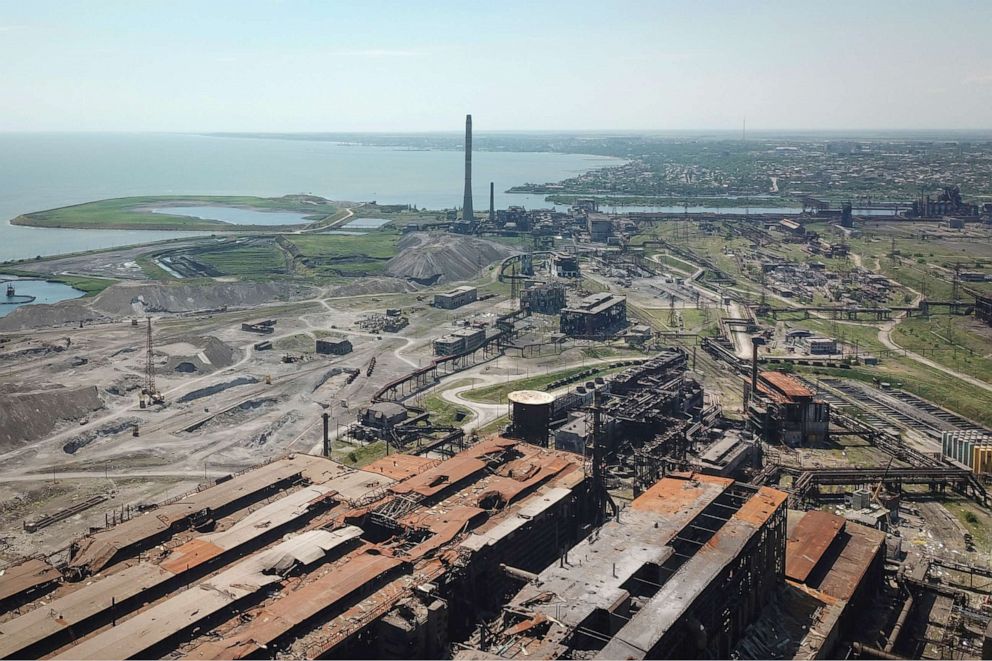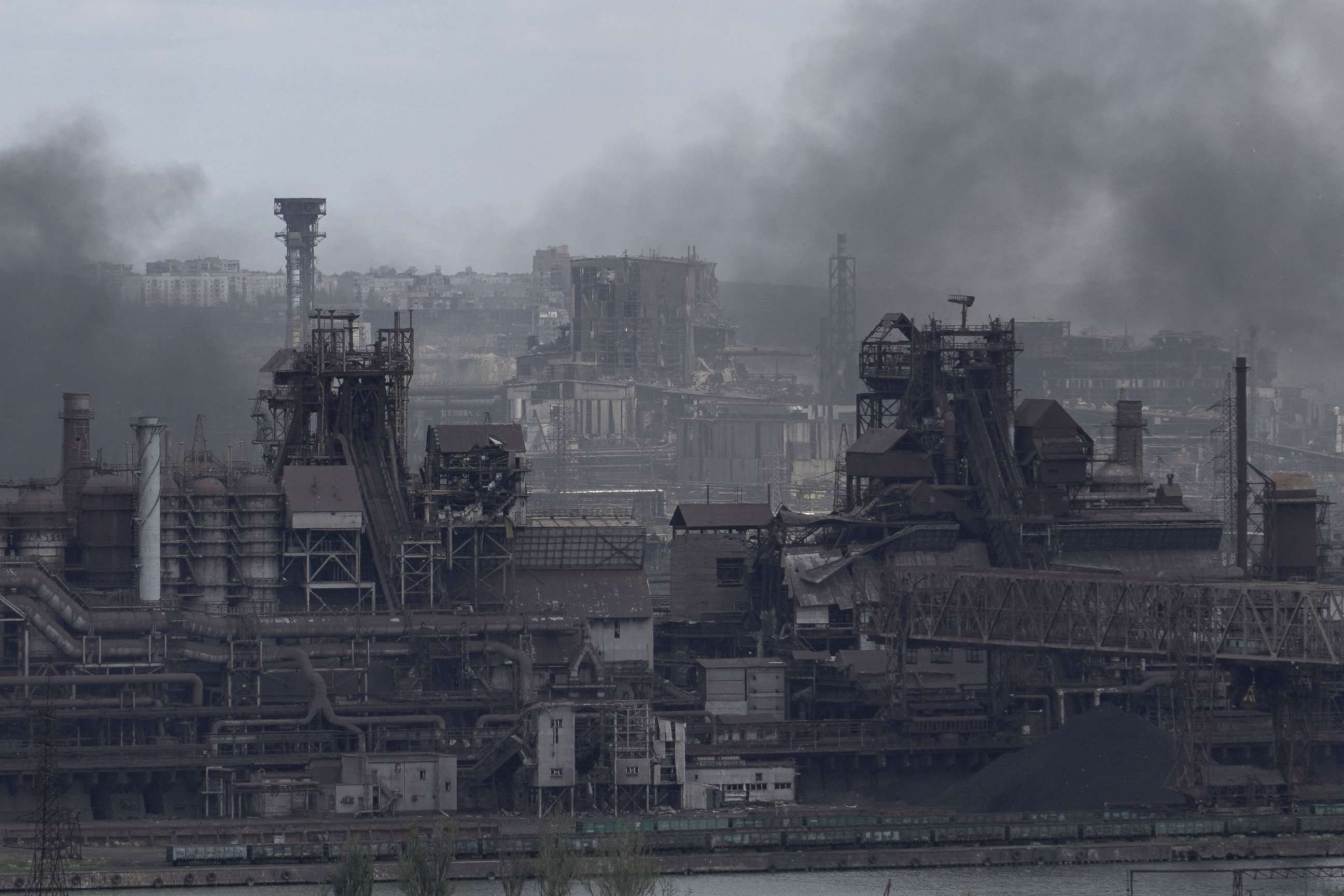Ukrainian pilots flew secret aid missions to Azovstal plant during Mariupol siege
A pilot described to ABC News the fear he felt during an early morning mission.
KYIV, Ukraine -- It was a dark night when Oleksandr, a 51-year-old pilot, was set to fly to Mariupol.
"I have more than 30 years of experience. But this was the most difficult flight in my career," he said of the mission he flew on April 4, more than a month into the Russian siege of Mariupol.
The Azovstal steel plant was at the time the city's last stronghold for the Ukrainian troops, including many who were severely wounded, as well as hundreds of civilians who were sheltering there. While the Ukrainian authorities tried to negotiate with the Russian side to evacuate the plant, Ukraine's military intelligence secretly organized aid deliveries.

The mission was offered to several pilots.
"We could refuse, but my crew didn't," said Oleksandr, who spoke to ABC News wearing a mask. "We knew there are our people in Mariupol and we have to help them."
The task was to deliver around 2 tons of aid from Dnipro, about 150 miles north of Mariupol, and evacuate the wounded from the plant.
Having the latest intelligence, the crew designed a route to the besieged city to bypass the Russian air-defense system. It was a just another landing-and-cargo operation, Volodymyr, a 27-year-old navigator joked, although they knew that a previous mission had failed and their colleagues had died. (The navigator also spoke to ABC News while wearing a mask. Volodymyr is a family name, used here to obscure his identity.)

Two helicopters flew at around 130 miles per hour at a super-low altitude of three to five meters to stay invisible to the enemy, the pilot and navigator said.
"We had to fly over the power lines sometimes, and that was a risky maneuver given the speed," the pilot said.
The road to the plant was rather calm, he said. Then the helicopter landed at the plant.
"We stayed in our places, while the cargo was taken and the wounded were loaded. It lasted only 20 minutes but felt like two hours. It was so scary," Oleksandr said.
They heard and saw explosions all around them, they said. The helicopter was shaking.
"When we took off I noticed a Russian ship in the sea and understood that they could now hit us. But my hands did the job before my brain realized how dangerous it was," the pilot said.

The helicopter continued the daring ride and safely landed in Dnipro at dawn.
"I turned around to the guys we evacuated. And I saw so much gratitude in their eyes," he said. "We had only 15 minutes to talk, I found out that some of them were married, one soldier's wife was pregnant and he said he was so much looking forward to seeing her… Unforgettable moment."
According to the head of Ukraine's military intelligence, Kyrylo Budanov, there were seven such missions to Azovstal during the Russian siege. Some pilots never returned, President Volodymyr Zelenskyy later told the media. One of Oleksandr's friends was among those who went missing
"We were on our way back from Mariupol," he said. "And I heard the pilot of the second crew saying they are seven kilometers from the contact line and have only 250 liters of fuel left. That's three times less than we had, so I presumed that their helicopter was damaged. That was the last phrase I heard from my friend."
They later found the crashed helicopter, but there were no bodies in or around it, he said.

"That's why we still hope they are alive," Oleksandr said.
The remaining Ukrainian soldiers in the Azovstal surrendered in mid-May. Ukrainian officials said the order was given to save the lives of the troops, who are now supposed to be exchanged.
Both the pilot and navigator who spoke to ABC News declined to make any judgements about the surrender. It probably had to be done, they said. But if they were again asked to carry that risky mission, they would probably do it, Volodymyr, the navigator, said.
"That flight changed me, I now appreciate life more," he said. "But If I were told that I'm the only one who can do that I would accept the challenge."




